Escanaba Trough: Exploring the Seafloor and Oceanic Footprints
Past Expedition
Overview
Between May 26 – June 14, 2022, a team of scientists explored Escanaba Trough, a feature located about 200 miles off the coast of northern California. Through remotely operated and autonomous underwater vehicle dives, they made several unexpected geological discoveries that will enhance our understanding of the hydrothermal sulfide system within the trough.
Over the course of the expedition, a total of 11 dives were conducted using Woods Hole Oceanographic Institution (WHOI)’s remotely operated vehicle (ROV) Jason, exploring at depths as great as 3,300 meters (2.05 miles). Extensive geologic, geochemical, and biological samples were collected using ROV Jason, including 65 rocks, 41 discrete biological specimens, 101 push cores, and 6 hydrothermal vent fluid samples collected in titanium alloy gas-tight bottles. These gas-tight fluid samples will be analyzed for their gas and liquid composition by scientists with the NOAA Pacific Marine Environmental Laboratory (PMEL) to get more information about the source of the venting fluids and their subseafloor interactions with rocks and sediments.
The team also conducted 12 CTD (conductivity, temperature, and depth) casts and collected 388 water samples for further analysis. The NOAA team will be analyzing water samples from both CTD and ROV Jason Niskins bottles for gasses, trace metals, and metal-binding organic ligands. Additional water samples were collected by other scientists on board to investigate radionuclides to date the water samples and genomic studies to understand what organisms are present in active and inactive sites.

Download largest version (jpg, 3.2 MB).
Additionally, 10 dives were completed using WHOI’s autonomous underwater vehicle (AUV) Sentry, allowing for the testing of new seafloor mapping techniques using the vehicle.
Initial findings from the expedition included hydrothermal activity in a region that was previously considered to be inactive and the discovery of unexpected volcanic features and pockmarks. Miniature Autonomous Plume Recorders from NOAA PMEL were deployed on ROV Jason and AUV Sentry to detect particle, temperature, and oxidation/reduction potential (ORP) anomalies. ORP anomalies, which can be excellent indicators of hydrothermal activity and fluid flow, were detected in 3 out of 10 AUV Sentry dives and on all ROV Jason dives.
The team also found several occurrences of inactive sulfide minerals as well as hydrothermal minerals in unexpected places.
Visit the U.S. Geological Survey expedition page to learn more.
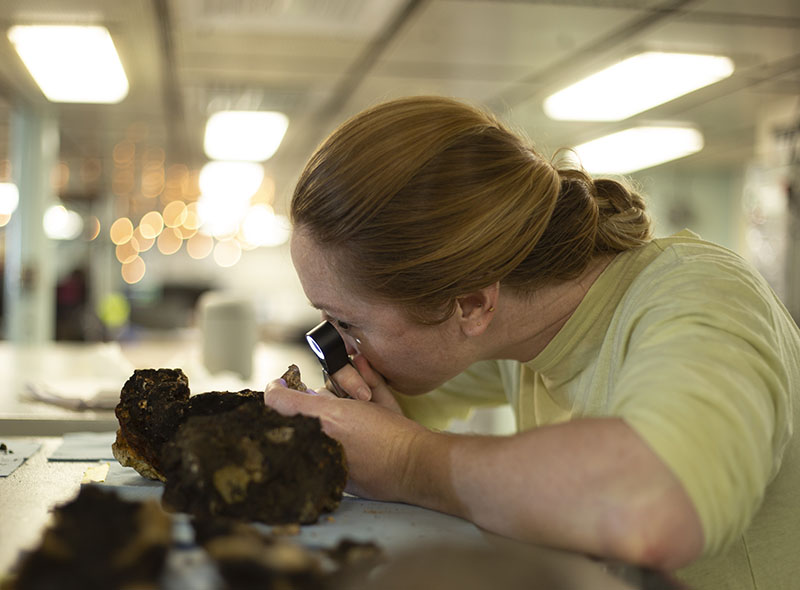
Download largest version (jpg, 7 MB).
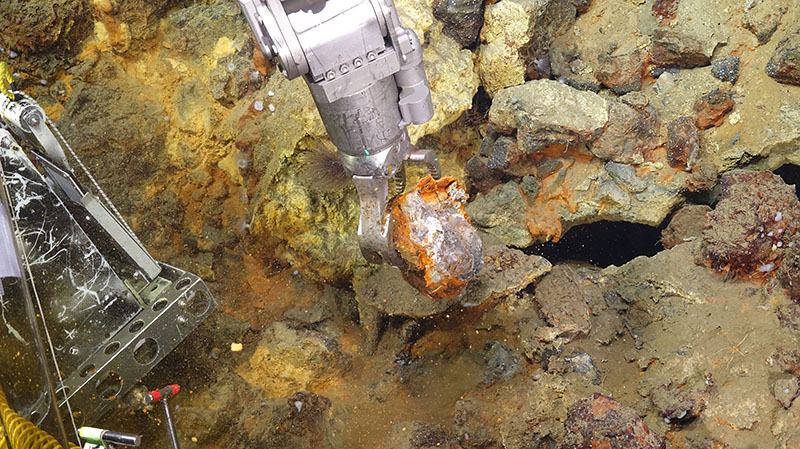
Download largest version (jpg, 5.3 MB).
Features
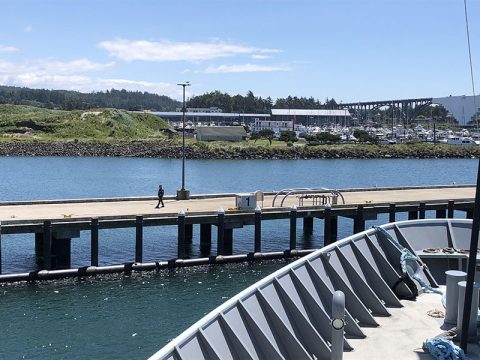
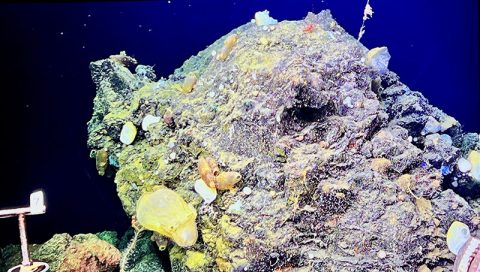
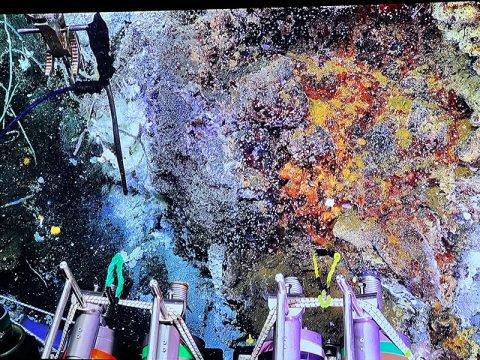
View Less
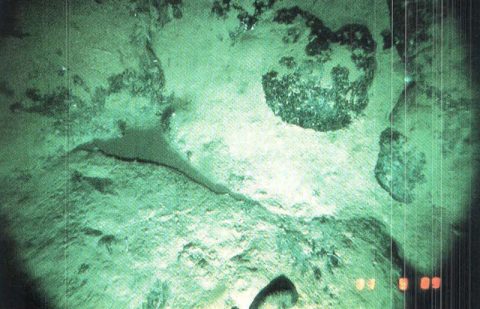
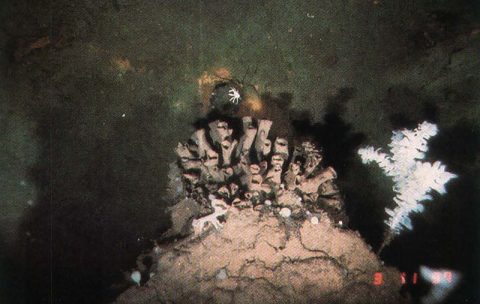
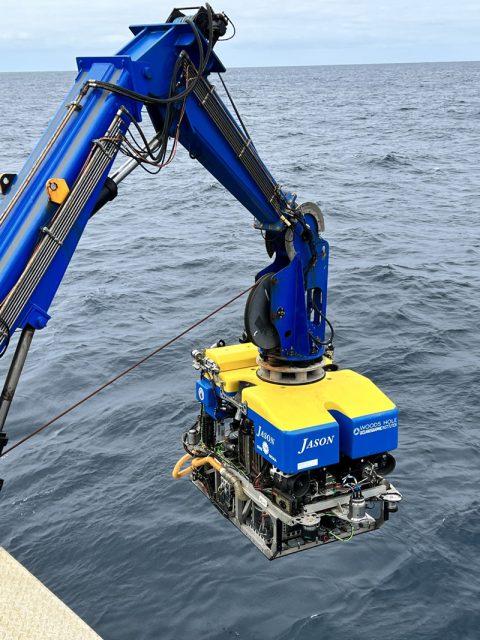
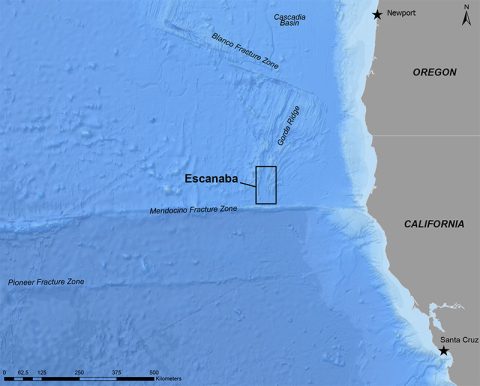
Multimedia
Featured multimedia assets associated with this project.
Education
Our Learn & Discover page provides the best of what the NOAA Ocean Exploration website has to offer to support educators in the classroom during this expedition. Each theme page includes expedition features, lessons, multimedia, career information, and associated past expeditions. Below are related top education themes for this expedition.
Meet the Exploration Team
Learn more about the team members and their contributions to this project.
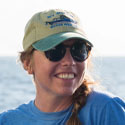


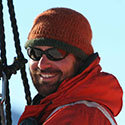


Resources & Contacts
- U.S. Geological Survey
- Bureau of Ocean Energy Management
- NOAA Pacific Marine Environmental Laboratory Earth Ocean Interactions Program
- University of Hawai’i at Mānoa
- Memorial University of Newfoundland
- University of Bergen
- National Oceanography Centre
- University of Washington
- Oregon State University
-
Emily Crum
Communication Specialist, NOAA Ocean Exploration
ocean-explore-comms@noaa.gov -
John Romero
Bureau of Ocean Energy Management, Public Affairs
john.romero@boem.gov -
Peter Pearsall
U.S. Geological Survey Public Affairs
ppearsall@usgs.gov -
Paul Laustsen
U.S. Geological Survey Public Affairs
plaustsen@usgs.gov
